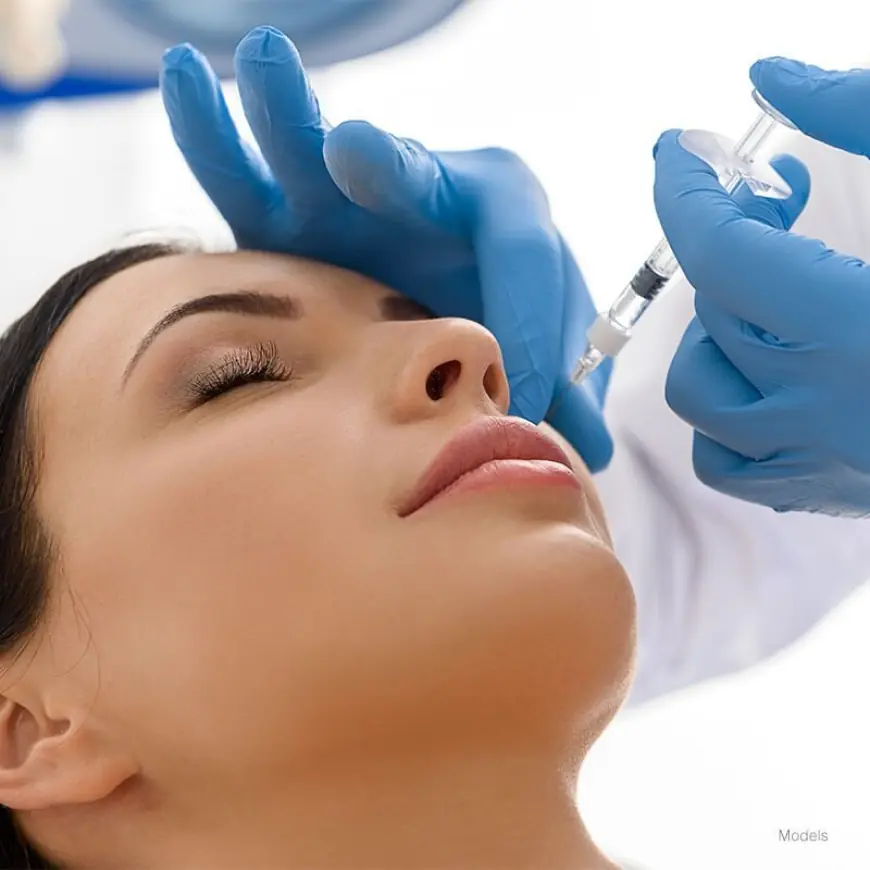What’s the Difference Between Facial Rejuvenation Fillers and Botox?

Cosmetic treatments have evolved far beyond just creams and facials. Today, non-surgical options like facial rejuvenation fillers and Botox are leading choices for those who want to refresh their appearance without going under the knife. While they may seem similar at first glance, their purposes, methods, and results are quite different. Understanding these differences can help you choose the right option for your beauty goals.
How They Work: Two Different Approaches?
The first major difference lies in how each treatment works. Botox, as well as its alternatives like Dysport Botox, are neuromodulators. They relax specific muscles that cause expression lines, such as frown lines, crow’s feet, and forehead creases. By limiting muscle movement, they prevent wrinkles from deepening and help smooth the skin.
On the other hand, facial rejuvenation filler treatments restore lost volume beneath the skin. Fillers are typically made from hyaluronic acid or similar substances that plump and contour the face. They’re especially effective for areas like the cheeks, lips, and jawline where sagging or hollowness is a concern.
What Do They Treat Best?
Botox is best for dynamic wrinkles, those formed by repetitive facial movements. If your main concern is expression lines around the eyes or forehead, Botox or Dysport is usually the go-to choice.
Fillers, however, excel at addressing static wrinkles and volume loss. They can fill deep folds, enhance facial symmetry, and even reshape features subtly. Many people opt for fillers to soften smile lines, add fullness to thinning lips, or lift sunken cheeks.
Duration of Results
One of the practical differences is how long the results last. Botox effects typically last three to four months before touch-ups are needed. Fillers, depending on the type and area treated, can last anywhere from six months to two years. This means fillers may require fewer appointments over time, though they tend to be more expensive upfront.
Treatment Experience and Recovery
Both treatments are minimally invasive, performed with fine needles, and require little to no downtime. Botox sessions are usually quick, often under 15 minutes, and side effects like mild redness or swelling fade within hours. Fillers may take slightly longer to administer and can cause temporary bruising or tenderness, but most people resume normal activities the same day.
Can You Combine Them?
Absolutely. Many patients use both Botox and fillers together for a more comprehensive result: Botox to smooth lines and fillers to restore youthful volume. This approach can address multiple signs of aging at once, leading to a balanced, refreshed look.
Making the Right Choice
Choosing between Botox and fillers depends on your specific concerns, budget, and how quickly you want to see results. Consulting an experienced provider ensures the treatment plan is tailored to your facial structure and goals.
Final Thoughts
Both Botox and facial rejuvenation filler treatments have their strengths, and neither is inherently “better” than the other; it's about matching the right tool to the right job. If you want to soften lines caused by facial movement, Dysport Botox may be ideal. If your goal is to restore volume and contour, fillers might be the way to go. In many cases, a skilled injector can combine both to deliver natural, harmonious results.
What's Your Reaction?
 Like
0
Like
0
 Dislike
0
Dislike
0
 Love
0
Love
0
 Funny
0
Funny
0
 Angry
0
Angry
0
 Sad
0
Sad
0
 Wow
0
Wow
0




















































